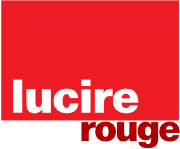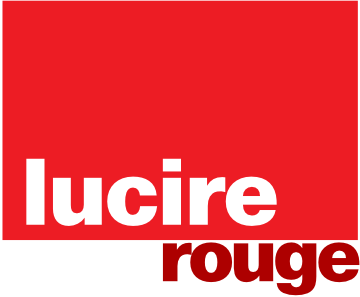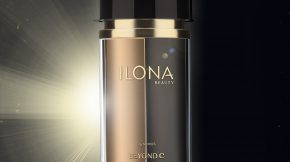The truth about home facial devices: two top doctors separate fact from fantasy and offer their recommendations
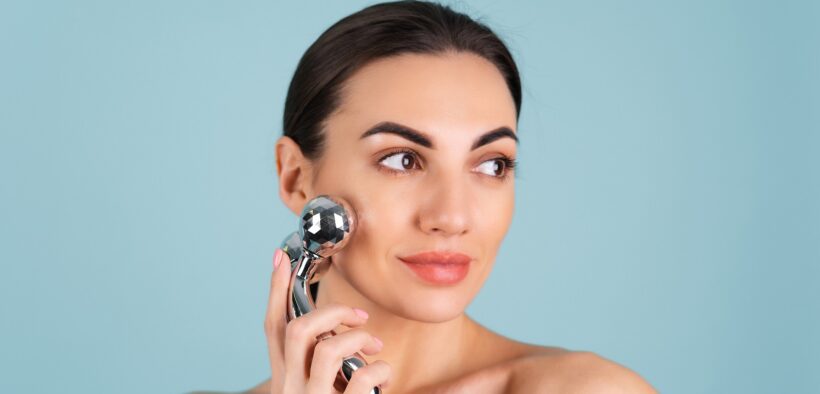
Beauty is a multi-billion dollar industry. If nothing has changed over millennia, it’s our obsession with appearance and preserving our youth. Typically though, we think of beauty products as skin and hair care, and colour cosmetics. But in our age of advanced technologies and increasing demand for more and better results, this now extends to beauty tools and devices to augment our home skin care and spa visits’ regimen.
The last few years have witnessed a flood of facial devices and tools enter the market-place. Manual jade and quartz rollers, which have long been a mainstay in the Asian market, are now readily available at drugstores, discount retailers and speciality boutiques. A couple of years ago, no one could pronounce gua sha—now everyone is singing its praises.
For those willing to open their wallets a little further, a variety of electrical facial devices have entered the market. These devices use a variety of modalities including radio frequency, ultrasound, LED light therapy, and perhaps the most popular, micro-current therapy. While these home-use versions are far weaker than those used during a spa treatment, consumers buy them in the hope of either augmenting the efficacy of a spa or medi-spa visit, or to even delay or halt the need for more invasive and expensive procedures.
But do these home devices actually work or offer any real benefit other than a sense of well-being (which, in fact, does contribute to a more fresh and rested appearance)? We asked two of the top cosmetic doctors in the nation to give us the sugar-coated lowdown on what work, what’s hype, and how to use these tools properly for the best results.
First, leading NYC surgeon Dr Konstantin Vasyukevich commiserates on the benefits of the manual options that have become so popular and home micro-dermabrasion. Dr Vasyukevich is a double-board-certified facial, plastic and reconstructive surgeon.
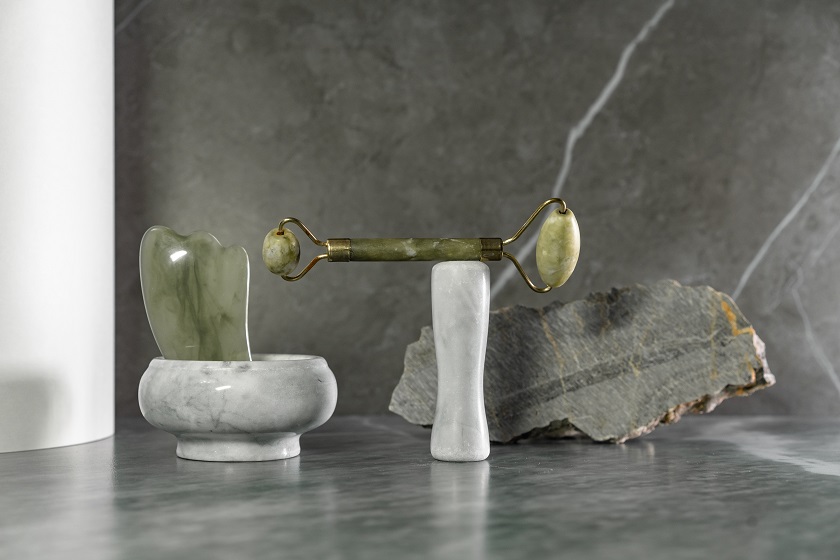
Gua sha v. jade roller
‘Between these two I would always prefer the jade roller, solely because both will work well for a lymphatic drain massage, but the jade roller doesn’t pull on the skin as intensely, but rather glides on top of the skin. Even when you are pulling your skin up, it’s still harmful because gravity will eventually pull the skin back down and stretch your skin. The gua sha will actually accelerate skin ageing due to the fact that it is stretching the skin.’
Microdermabrasion tools v. dry brush
‘A dry brush is great because it’s purely for exfoliating and removing the top layer of dead skin. However, when buying these, make sure you purchase one with white stoppers so you are regulating how much pressure you are applying to the skin.
‘A microdermabrasion tool is wonderful because it also removes the top layer of dead skin while also cleansing the pores and plumping the skin by improving blood circulation! Just be very mindful not to tug the suction cup from your skin and ensure you are gliding the tool off the skin.’
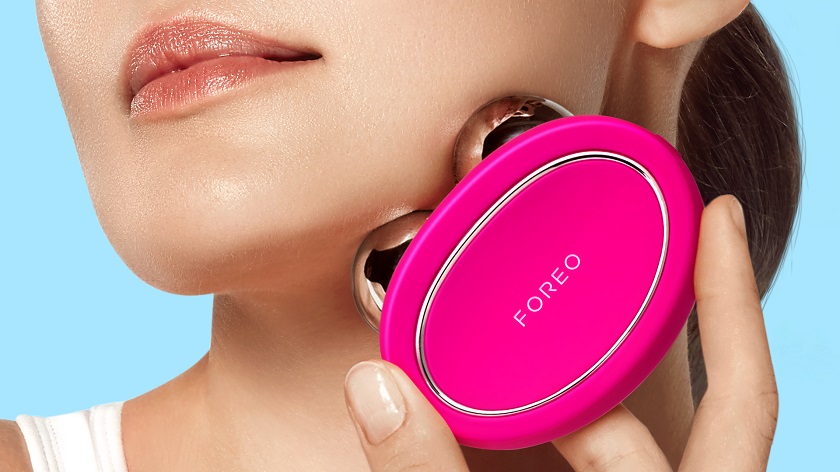
Next, Dr T. J. Tsay gives us the straight talk about electric powered devices. Dr Tsay is the owner and medical director of Ageless MD, one of California’s premier medical æsthetic facilities, having appeared on Netflix’s Bling Empire and local news broadcasts.
How often should one use the device to see any visible results?
‘These devices are never a one-and-done treatment. Not to mention, even the commercial medical-grade devices you see at doctors’ offices require multiple sessions to see the best results. Most of the home devices require ongoing continual and consistent treatment. For example, the micro-current-type devices should be used at least three to five times per week in the beginning. This totally makes sense if you think of a fitness model or professional that needs to attain a certain fitness goal. They are probably going to work out at least five days a week until they attain their goal. After that they will still need to maintain the results of their hard work by working out at least three days a week or else that accomplishment will just wither and fade away.’
Can devices prolong or enhance cosmetic procedures or injections?
‘LED light therapy can definitely help the skin heal after any energy-based device or more involved cosmetic treatments such as thread-lifts or fillers. The purpose is to reduce inflammation and promote wound healing. On the other hand, micro-current can reduce the duration of neurotoxins because it stimulates muscle activity and contraction, which is the opposite of the mechanism of neurotoxins.’
Your thoughts on specific home-use modalities. Do you have a favourite?
‘We have commercial- and medical-grade RF and HIFU, so we are aware of the capabilities of what they can do as well as their limitations. My favourite technology in the group would be RF. This technology is safe, universal, versatile, and can be used by so many people of all skin types. The energy delivered works on the dermis of the skin by aligning all the disorganized collagen bundles into straight organized fibrils, which is what the original form of collagen was before the ageing process kicked in and caused the collagen fibres to become smaller, less abundant, and disorganized. I think home ultrasound machines work but more for musculoskeletal issues and acts at a deeper level, which is not the level you want to work on if you want to improve the skin for beauty and anti-ageing. Micro-current does work if you really know how to use it to target the right muscles, but definitely will counteract the areas you had your expensive neurotoxins injected.’
Are there any dangers or contraindications for use?
‘As with any medical device, you should read the contraindications for usage for each specific device. Anyone that has an active skin condition or disease such as scleroderma, lupus, skin infection or open skin wound should not use any of these devices unless cleared by their doctor. Other major contraindications also include: having a pacemaker or an implanted electronic device, epilepsy, pregnancy, active cancer, active blood clots, metal plates or pins in the application area.’
Bottom line: are at-home facial devices effective?
‘The key is consistency of use and compliance. If you have done your research and the product has a plethora of valid authentic reviews, then get it and use it as often as it says to use it.’
Header image by Kroshka Nastya/Freepik
